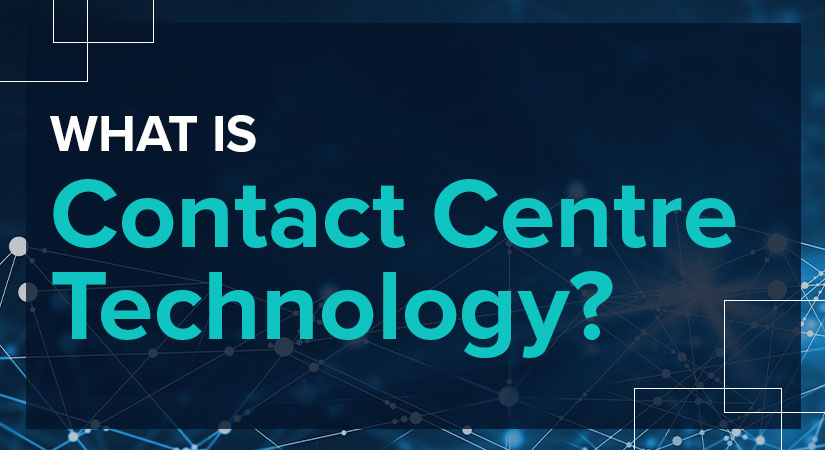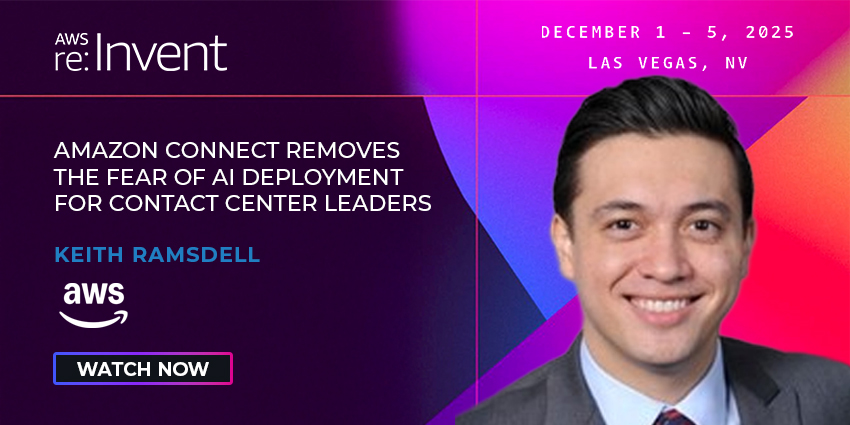Seeking support from a business used to be straightforward.
If you needed something, you would call a support line, or send an email. Unfortunately, though these options were simple, they were often inefficient.
Many consumers developed a hatred of the call centre, ignited by their frustration for waiting in queues and repeating their issues to countless agents. Since companies with a customer experience mindset drive revenue up to 8% higher than their competitors, that’s just not enough. Fortunately, new technologies emerged to eliminate this problem.
The contact centre today isn’t just a series of phones attached to the same business number. It’s the technology behind your support environment that makes or breaks your customer service strategy. The right tech means that you can instantly send clients to the agents most likely to help with their call. It also ensures that today’s consumers can connect with brands on multiple platforms.
Here’s your guide to contact centre technology.
Defining Contact Centre Technology
Contact centre technology is a term referring to the technical components that shape a customer’s journey. When a consumer connects with your brand through any channel, the technology is what supports that interaction, makes sure it reaches an agent, and so on.
Some of the more traditional examples of contact centre tech might include things like IVR systems for routing calls. You might also reference things like music on hold, or call forwarding tech. All of these systems played a part in empowering the connections between companies and consumers.
However, in recent years, as clients have begun to expect more from the companies that they can interact with, CC technology has become more advanced. Today’s tech needs to do more than support consumer calls. Your contact centre may also need to:
- Connect different channels like messaging, video, and social media
- Deliver self-service solutions through chatbots and virtual agents
- Analyse conversations and provide useful insights
Driving better experiences for agents and customers means that companies need to map every stage of the client journey and ensure that there’s some manner of tech in place to support every step.
Trends in Contact Centre Technology Today
Today’s business leaders still need many components of traditional contact centre technology. We’re still reliant on global systems that can provide local numbers for businesses to connect with their clients. We also need call routing tools and forwarding systems, although these are often much more advanced today with the help of artificial intelligence.
However, in an environment where 96% of customers say service is crucial to their choice of brand, contact centre tech is becoming a critical differentiating feature. Some of the trends that have emerged in recent years include:
- CCaaS: As the cloud becomes a more attractive option for businesses in need of scale and flexibility, CCaaS is growing. Contact centre as a service solutions give companies access to the tools they need for great customer experience. Because you access the seats and tech you need through the cloud, your contact centre can evolve with you. There’s no need to pay for anything beyond what you need.
- Artificial Intelligence: AI is a huge trend in contact centre technology. With intelligence, businesses can assess the sentiment in a customer’s voice, and track their satisfaction during the buyer journey. AI-powered analytics also help companies to develop insights into how agents respond to certain customer situations. This helps with training future employees. AI also assists with routing customers to the correct agent. Intelligent routing reduces the risk of a client needing to repeat themselves to multiple reps.
- Workforce optimization and management: WFO and WFM are valuable in the contact centre. These solutions allow business leaders to track the performance of agents. In an environment where your contact centre may hire remote workers, this even means that you can maintain efficiency and productivity, no matter what. WFO and WFM solutions can also keep teams engaged with things like leaderboards and gamification.
- Omnichannel journey mapping: The customer experience doesn’t just happen on the phone. Today’s businesses need to interact with customers on every avenue. Customer journey mapping in the contact centre allows businesses to make sure that they can reach clients everywhere. This could include using social media, instant messaging, video, and more. The right omnichannel tools won’t just open new doorways for customers. These services will also align all of your communication systems so that you can track the full customer experience.
- Analytics and security: Analytics in the contact centre deliver multiple benefits. The right insights can show you how to serve your customers more effectively. However, analytical tools can also boost security and privacy too. Things like biometric markers in voices might highlight risks of fraudulent calls, reducing toll fraud. Voice analytics are rapidly changing the way that we address security in the contact centre.
Technology: At the Heart of the Call Centre
As the world continues to digitally transform, contact centre technology grows more complex. Chatbots and virtual agents are helping customers to solve their problems on their own. This means that contact centre agents can spend more of their time on solving more complex issues. At the same time, virtual assistants in the contact centre can surface valuable information for an agent, and help that person solve a customer problem faster.
Artificial intelligence can track the emotion in a person’s voice and instantly alert a supervisor if a conversation starts to go south. Speech technologies can determine if a person calling about an account owns that account or not. This reduces the risk of fraud and security breaches in the digital customer service landscape.
Technology in the contact centre plays a part in every transformational journey. Not only does the right tech give you the chance to support your customers better, it helps your agents and team too. While not all businesses will necessarily need all of the tech in the CC landscape straight away, finding the right tools could put you on track for incredible results.







